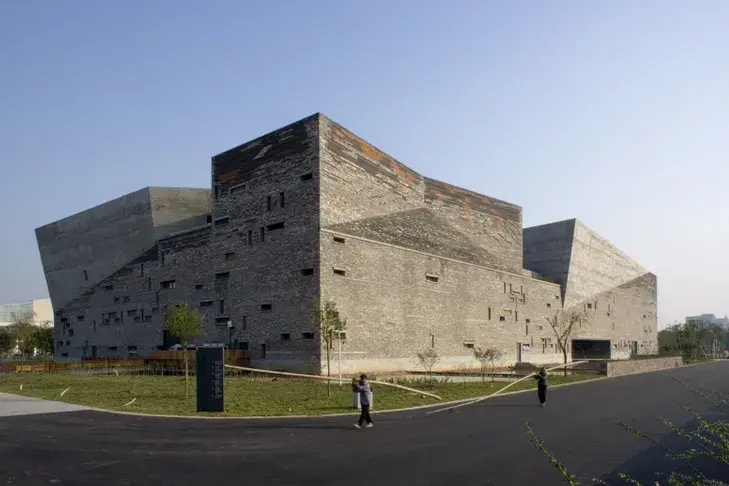Reusing tiles with Wang Shu, Pritzker Prize 2012
- Toit de Paris
- Apr 25, 2024
- 1 min read
Wang Shu: A Chinese architect committed to humane and sustainable architecture

Crédit photo : La façade du musée d’Histoire de Ningbo, Chine, par Wang Shu - Lv Hengzhong/AP/SIPA
An atypical career and a revolutionary vision:
Born in 1963, Wang Shu studied at China's first school of architecture, founded in the early 1980s. His career was marked by his rebellious spirit and his desire to break away from academic traditions. Rejected by the official system for his innovative ideas, he founded “Amateur Architecture” with his wife Lu Wenyu in 1997.
People, craftsmanship and the environment at the heart of his practice:
Wang Shu's architecture is characterized by the use of traditional materials such as brick and bamboo, and by a particular attention to the integration of buildings into their natural environment. His creations, often public buildings such as libraries and museums, celebrate the beauty of simple forms and the wealth of local know-how.
A commitment to sustainable and socially responsible architecture:
Wang Shu is a fervent advocate of sustainable and socially responsible architecture. He is opposed to the standardization and trivialization of architecture, and advocates a more human approach that respects local traditions and cultures.
An inspiring message for tomorrow's architects:
Wang Shu's work is a source of inspiration for architects worldwide who aspire to a more humane and sustainable practice of architecture. His commitment and innovative vision are helping to change the codes and practices of contemporary architecture.
At Toit de Paris, we specialize in reusing building materials to enhance the architectural heritage of our cities.
👉 Our mission: to give roofs a second life by breathing new life into them through the circular economy.
%20(5).jpg)



Comments